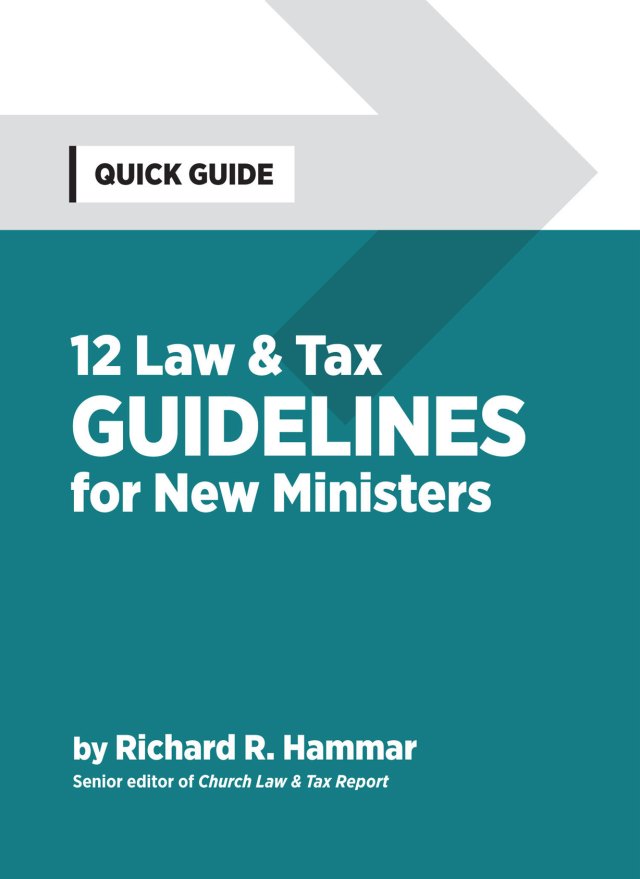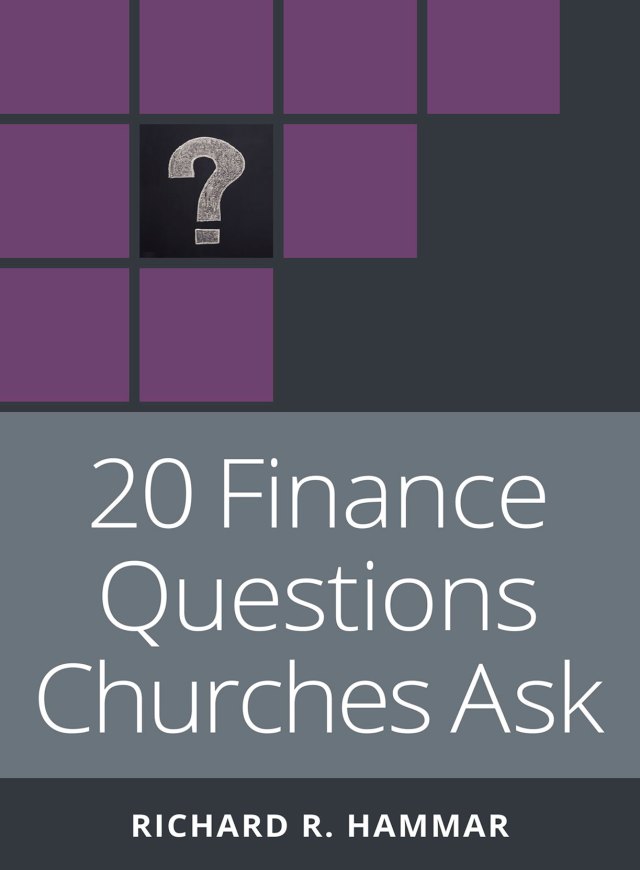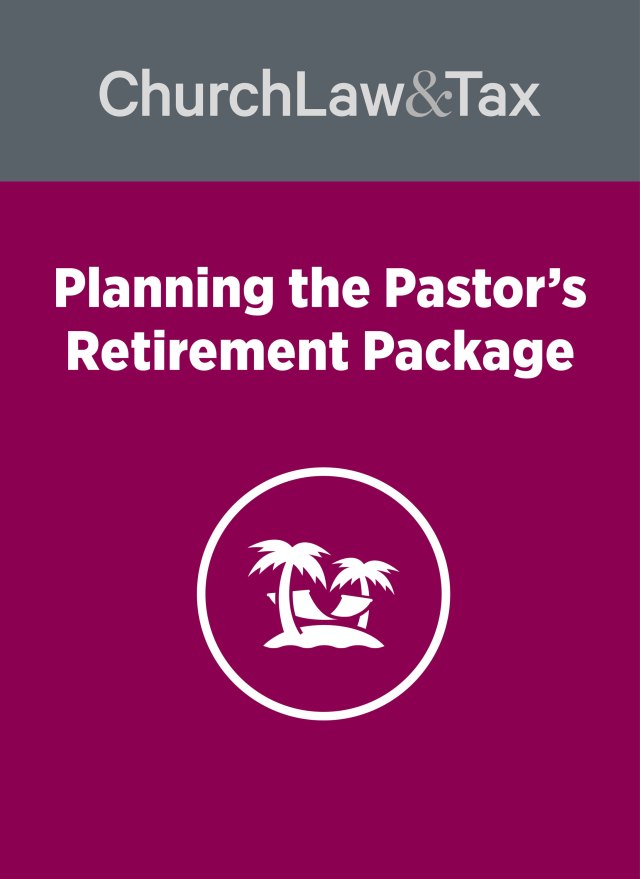Following are two of the most perplexing tax questions for clergy. While there are many more we could cover, these are two that pose confusion and uncertainty for many ministers, new and seasoned.
Many ministers wonder whether they should report their federal income taxes as an employee or as self-employed. Most new ministers should report their federal income taxes as employees, because they will be considered employees under the tests currently used by the IRS and the courts. Most clergy will be “better off” reporting as employees, since (1) the value of various fringe benefits will be excludable, including the cost of employer-paid health insurance premiums on the life of the minister, (2) the risk of an IRS audit is substantially lower, and (3) reporting as an employee avoids the additional taxes and penalties that often apply to self-employed clergy who are audited by the IRS and reclassified as employees.
There is one provision in the tax code that has caused more confusion for ministers than any other, and it is this: ministers are always treated as self-employed for Social Security with regard to services they perform in the exercise of their ministry. This is true even if they are employees for federal income tax reporting. This is sometimes referred to as the “dual tax status” of ministers.
The most important consequence of this dual tax status is that they pay the so-called “self-employment tax.” This is the Social Security tax that is paid by self-employed workers. It amounts to 15.3 percent of a minister’s taxable earnings. Employees and employers pay “Social Security” and “Medicare” taxes (sometimes collectively referred to as “FICA” taxes). Like self-employment taxes, these taxes amount to 15.3 percent of a minister’s taxable earnings. But there is a big difference. Employers and employees split the 15.3 percent tax rate, with each paying 7.65 percent. Self-employed persons pay the entire self-employment tax. Many churches pay half, or even all, of a minister’s self-employment tax. This is perfectly appropriate, but any amount paid by the church must be reported as taxable income to the minister.
Many churches erroneously withhold the employee’s share of Social Security and Medicare taxes from ministers’ compensation, and then pay the employer’s share. In other words, they treat their minister as an employee for Social Security. This is understandable, especially when the church treats the minister as an employee for purposes of federal income taxation. But, it is always incorrect for a church to treat a minister as an employee for Social Security. Self-employment taxes for ministers are computed on Schedule SE of Form 1040.
Voluntary withholding
Ministers who report their income taxes as an employee may request “voluntary withholding” of their income taxes and selfemployment taxes by filing a Form W-4 with the church. A self-employed minister is free to enter into an “unofficial” withholding arrangement whereby the church withholds a portion of his or her compensation each week and deposits it in a church account, and then distributes the balance to the minister in advance of each quarterly estimated tax payment due date.




